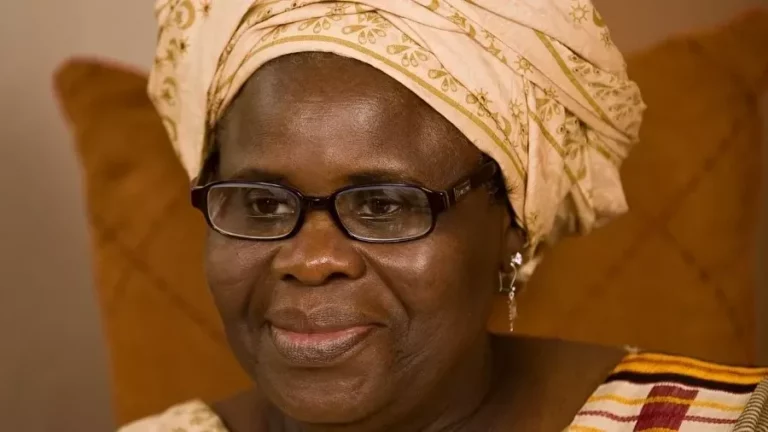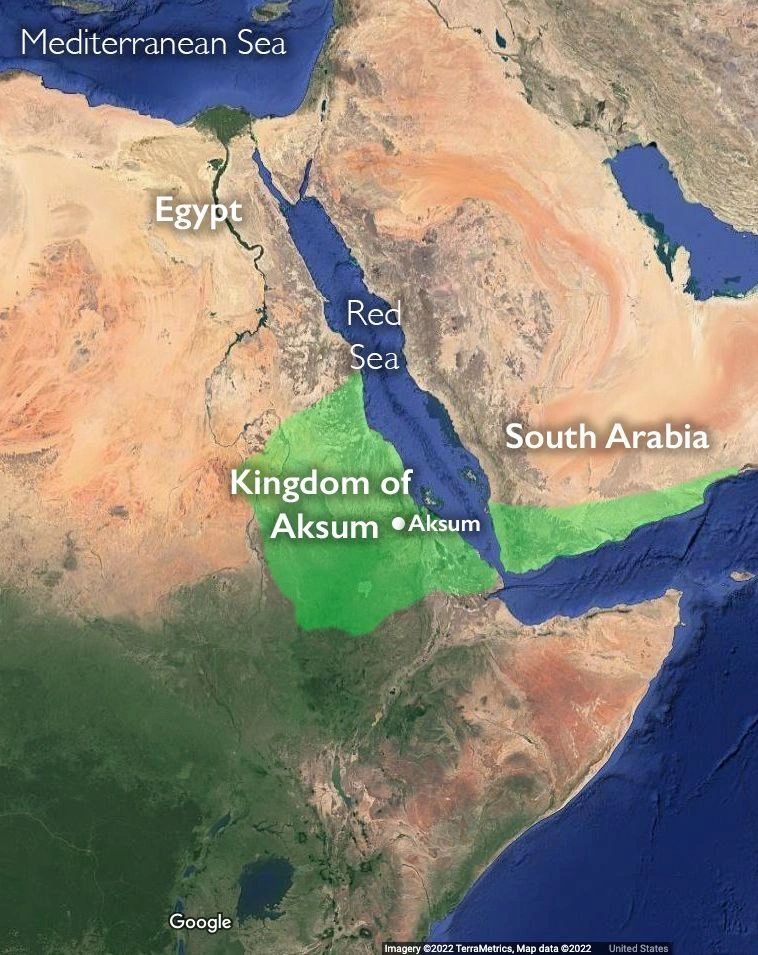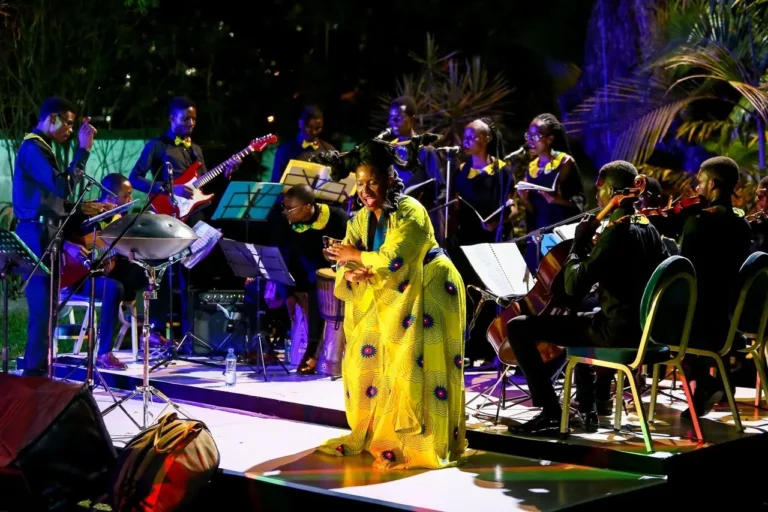African Travel and Adventure: Madagascar and its Biodiversity
Biodiversity means all the different kinds of life you’ll find in one area – the variety of animals, plants, fungi, and even microorganisms like bacteria that make up our natural world. These species and organisms work together in ecosystems like an intricate web to maintain balance and support life.
Behold Madagascar, the breathtaking paradise adorned with treasures beyond your wildest imagination!
Imagine stepping foot on an island paradise where nature runs wild and mysterious creatures roam freely. With over 5% of the world’s known animal and plant species calling Madagascar their home, this tropical wonderland will leave you spellbound.

Known to Mother Nature as her magnificent palette, Madagascar embraces its role as a custodian of biodiversity like no other. As you embark on a thrilling safari, you will soon discover the countless wonders it lovingly preserves within its lush landscapes.
Here are some of the wow factors of Madagascar’s biodiversity:
- The lemurs: Lemurs are a group of primates that are only found in Madagascar. There are over 100 species of lemurs, and they range in size from the tiny mouse lemur to the large indri.

2. The baobab trees: Baobab trees are iconic symbols of Madagascar. These massive trees can grow up to 100 feet tall and have trunks that can be up to 30 feet in diameter. Baobab trees are an important source of food and water for people and animals.

3. The orchids: Madagascar is home to over 800 species of orchids, more than any other country in Africa. Orchids are found in a variety of habitats on the island, from the rainforests to the dry forests.

4. The chameleons: Madagascar is home to over 100 species of chameleons, more than any other country in the world. Chameleons are known for their ability to change colour, which they use to camouflage themselves from predators and communicate with each other.

5. The birds: Madagascar is home to over 250 species of birds, many of which are found nowhere else on Earth. These birds include the flightless elephant bird, the colourful coucals, and the trumpeter hornbills.

A safari in Madagascar is an unforgettable experience. The island is home to a wide variety of wildlife. The best time to go on safari in Madagascar is during the dry season, which runs from April to October. During this time, the weather is sunny and the animals are more active. When packing for your safari, be sure to pack comfortable shoes, insect repellent, sunscreen, a hat, and sunglasses. You may also want to pack binoculars and a camera. In addition to going on safari, there are several activities you can enjoy in Madagascar. These include hiking, biking, kayaking, and swimming.








